Header
STARTCUP CHALLENGE
BECAUSE IT ALL STARTS AROUND A CUP OF COFFEE
A CHALLENGE ON CIRCULAR INNOVATION
As per Ellen Macarthur’s foundation definition, the circular economy is based on three principles, all driven by design:
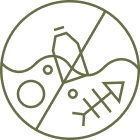
ELIMINATE WASTE AND POLLUTION
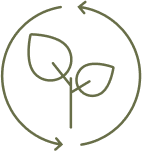
REGENERATE NATURE
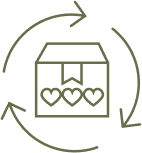
CIRCULATE PRODUCTS AND MATERIALS (AT THEIR HIGHEST VALUE)
Most agree that the current linear model is no longer fit for purpose, failing both people and the planet. A circular economy, by contrast, decouples economic activity from the consumption of finite resources. It is a resilient system that is good for business, people and the environment.
THE REASON BEHIND THE CHALLENGE
From the belief that coffee can be a force for good, Nespresso is launching the Australian Startcup challenge to propel the move towards sustainability and inclusion in business.
THE PROBLEM WE ARE TRYING TO SOLVE
Our current economy is reaching its limits with regards to social and environmental impact. We need a radical transformation: moving away from the linear economy towards the circular economy.
THE KEY PLAYERS WHO WILL HELP US SOLVE THIS PROBLEM
Start-ups and SMEs
THE WAY WE PROPOSE TO HELP ADDRESS THIS CHALLENGE
By bringing to life the StartCup Challenge and shining light on circular solutions in Australia.
THE WIDER BENEFITS OF STARTCUP
- Raising awareness of circular initiatives
- Introducing long term circular innovations to the Australian public
- Nourishing and furthering the B Corp™ movement
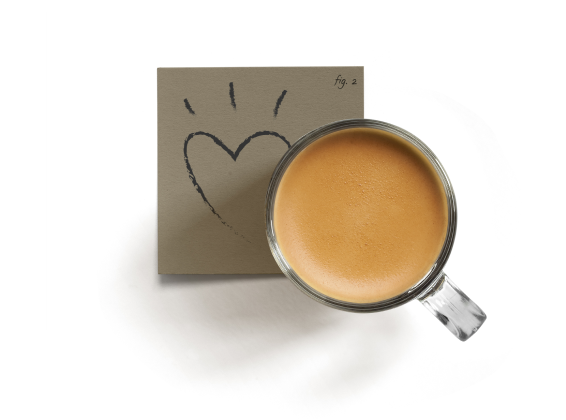
ELIGIBILITY
START-UP
Established in Australia with an ABN and in existence for less than two years
OR
SME
Established in Australia with an ABN, in existence for over two years and with less than 250 employees
Your business must align with one of the following six circular business models.
CIRCULARITY CAN BE DIFFERENT THINGS
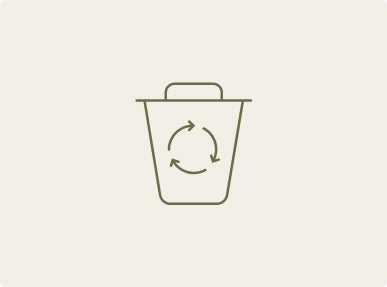
WASTE VALUE MODEL
For example: Recycling and waste management companies that transform food waste into biogas or compost and, PET or aluminium into new products.

REVERSE LOOP MODEL
For example: second-hand retailers who give a second life to fashion, furniture, appliances, or other items.

CIRCULAR INPUT MODEL
For example: Products made from recycled plastic or PET bottles.
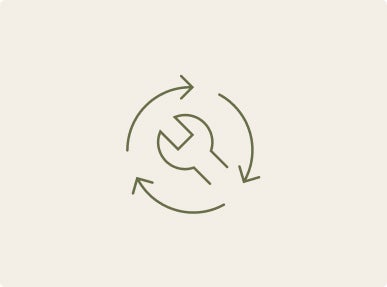
INTEGRATED CIRCULAR MODEL
For example: Products that are easy to repair, replace or recycle.
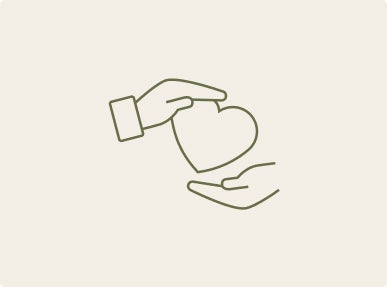
END-OF-LIFE RESPONSIBLE MODEL
For example: Fashion subscription companies, brands that allow you to rent or borrow products for a limited time, or companies that offer collection of their used products.
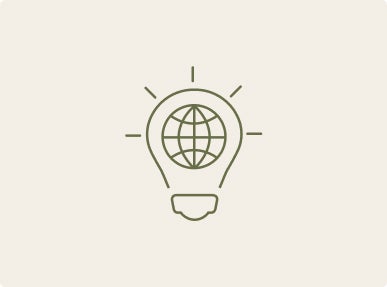
CIRCULAR SERVICES
For example: Platforms for selling and buying second-hand products or platforms that ensure traceability.

Source: Ellen MacArthur Foundation Circular economy systems diagram (February 2019) www.ellenmacarthurfoundation.org
HERE’S HOW NESPRESSO
IS UNDERTAKING CIRCULARITY IN ITS SUSTAINABILITY INITIATIVES

OVER THE LAST DECADE

In 2020

In 2022
OUR CHALLENGE WINNERS
Uuvipak, a tech meets science innovation, claims to be on a mission to eliminate single-use plastic pollution with 100% home-compostable packaging, currently in the form of cups and containers. The winning submission by co-founders Dr Shafali Gupta and Andy Epifani revealed the pair has created a new patent pending edible material made from clean, upcycled organic food waste sourced from food and drink manufacturers across Australia. The entry states that the material is strong, hot water resistant for over 12 hours, and 100% biodegradable without leaving any toxic or harmful by-products in the process, creating a closed circular loop.

